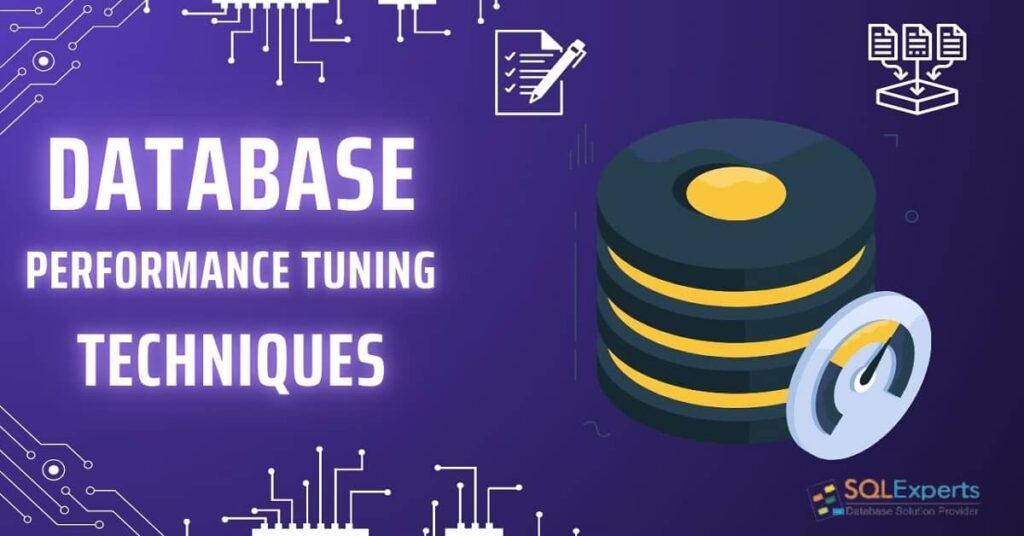What Is Database Auditing And Why Is It Important? User Guide
We all know that how much data is essential to business especially for IT sectors. Yes, it’s really important that majority of the companies have secure storage and the potential to find the information you need on time. Data becomes useless until and unless you find and filter out what you really need, right? Therefore to make sure your company does not miss out on business prospects that actually requires data storage, you must set up database auditing fast and effectively. As the updated GDPR regulations come into effect, it has become necessary for data protection guidelines to be integrated into the product, application, or services from the initial phase so that a team is well versed at every level and defaults to code that protects the data. This blog will cover what is auditing and its importance. We will also explore types of database auditing including compliance auditing, security auditing, configuration auditing, and data auditing, its benefits and process. So without further ado, let’s get started… What Is Database Auditing And Why Is It Important? Database auditing is a crucial security process of monitoring and recording all activities on a database including its access. Auditing database activities involves tracking database events, such as… login attempts modifications queries storing the information in a log file or database SQL database consultants and database administrators can use the log data in order to troubleshoot database issues, track user activity, detect security breaches, and comply with regulations. Administrators and database developers can carry out database auditing at multiple levels, including… Database server Operating system and Application In addition, it can also be executed for various databases, such as object-oriented databases, NoSQL databases, and relational databases. Key Components of Database Auditing At its core, database auditing functions similarly to a security camera for your database. It monitors the activities of individuals with regard to the data. Think of it as a watchdog that doesn’t miss a thing. If someone tries to sneak in or mess with important information, auditing catches it all. Let’s unpack what you really need to know about the key components of database auditing and why they matter. User Activity Monitoring Monitoring user activity is one of the most integral parts of database auditing. This mainly includes tracking who accesses the database, what actions they take, and when they do it. Let’s take a real life example, imagine there’s a party and you have a list of guest. In this scenario, you would really want to know who’s coming in and going out, am I right? With user activity monitoring, you can easily keep tabs on all the database visitors. This makes it easier to spot any suspicious behavior. Data Change Tracking This key component of database auditing records all the changes made to your database — like when someone make an update in the record or deletes important information. Similar to a diary in which you keep mentioning every little change you make at home. If you forget or you lose something, you can check your diary to see what you missed. This helps maintain data integrity and ensures nothing falls through the cracks. Access Control Access control simply means right of entry into the database like who can get into it and what they can do once they enter into the database. Take a real life example: A VIP club or party where only certain people are allowed to enter. By setting up permission and role, you can make sure only trusted individuals can update, modify or view sensitive data. This reduces the risk of unauthorized access and keeps your database secure. Compliance and Reporting Performing database audit helps you stay compliant with different laws and criteria. Have you ever tried to cross a busy street without knowing the rules? If yes, then you know very well that it’s dangerous. Executing database auditing on a regular basis ensures you’re following the rules set by authorities, like HIPAA or General Data Protection Regulation (GDPR). Moreover, having robust reporting features means you are allowed to generate reports to show compliance efforts whenever needed. Incident Response No system is completely secure. At times, errors can occur, and that’s where incident response comes to the rescue. When a database issue arises, having a detailed audit trail allows you to respond quickly. Just like having a fire extinguisher handy when cooking. May be you never need it or might not use it at all, but when a crisis happen you want to be prepared. This is the reason, a solid incident response plan is essential as it helps minimize the damages caused by data loss or security breaches. Anomaly Detection Anomaly detection is another key component of database auditing that helps identify unusual patterns or activities that don’t fit the norm. You can call it a sixth sense for your database. Let’s take another real life example, imagine one of your friend suddenly starts acting strange and your gut tells you something’s up. In the similar way, when data changes or access seem out of place, anomaly detection alerts you. This early warning system is vital to maintaining data security. In short, Database auditing is more than just a protective measure; it’s your first line of defense against data breaches and mishaps. With components like user activity monitoring, data change tracking, and access control, you can ensure your database remains a safe and trustworthy place. Think of it as a well-oiled machine; every part works together to create a secure environment for your data. So, keep your audits in check and stay ahead of the game! Why Is Data Auditing Important? Database auditing plays a vital role in recording and monitoring data integrity and security. It involves tracking and reviewing changes to database recorders, which significantly helps companies and other organizations ensure compliance with regulations and safeguard sensitive information. Here, we will explore ‘what is the purpose of database auditing’, its importance in
What Is Database Auditing And Why Is It Important? User Guide Read More »




